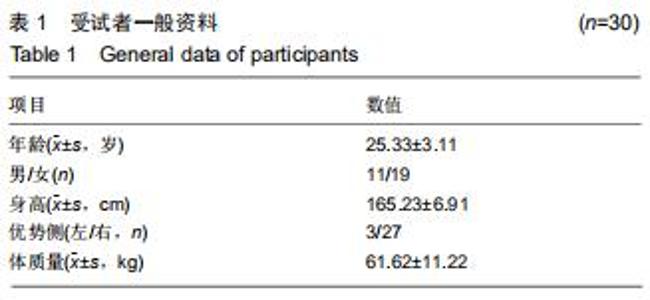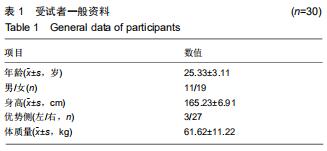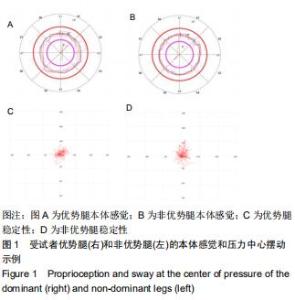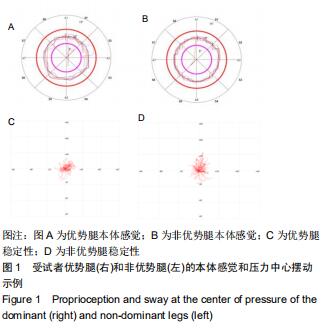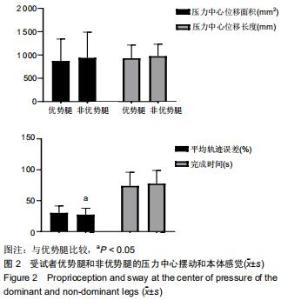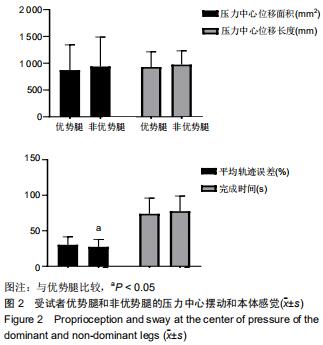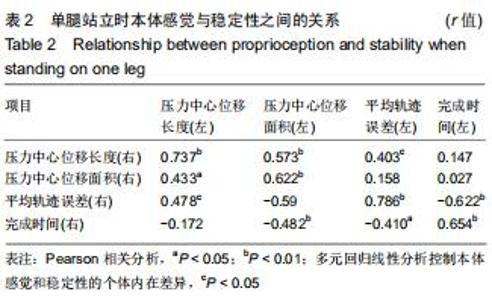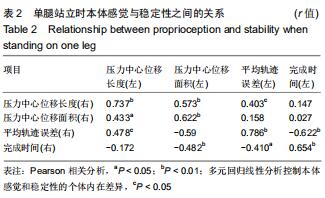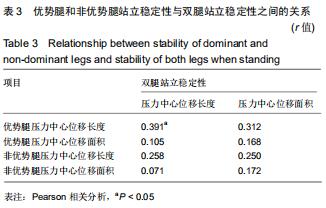|
[1] 朱瑶佳,霍洪峰.走与跑运动模式下的足底压力中心轨迹特征[J].中国组织工程研究,2018,22(31):4987-4992.
[2] TINETTI ME,SPEECHLEY M,GINTER SF.Risk factors for falls among elderly persons living in the community.N Engl J Med.1988;319(26):1701-1707.
[3] BULDT AK,FORGHANY S,LANDORF KB,et al.Foot posture is associated with plantar pressure during gait: A comparison of normal, planus and cavus feet. Gait Posture.2018;62: 235-240.
[4] HUANG TH, CHOU LW, HUANG CY, et al. H-reflex in abductor hallucis and postural performance between flexible flatfoot and normal foot. Phys Ther Sport.2019;37:27-33.
[5] REDMOND AC, CROSBIE J, OUVRIER RA. Development and validation of a novel rating system for scoring standing foot posture: the foot posture index.Clin Biomech (Bristol, Avon). 2006;21(1):89-98.
[6] ANGıN S, ILÇIN N, YEŞILYAPRAK SS, et al. Prediction of postural sway velocity by foot posture index, foot size and plantar pressure values in unilateral stance. Eklem Hastalik Cerrahisi.2013;24(3):144-148.
[7] KOURA GM, ELIMY DA, HAMADA HA, et al. Impact of foot pronation on postural stability: An observational study. J Back Musculoskelet ehabil.2016;30(6):1327-1332.
[8] HENRY M. Age-related changes in leg proprioception: implications for postural control. J Neurophysiol. 2019;122(2): 525-538.
[9] HASSAN BS, MOCKETT S, DOHERTY M. Static postural sway, proprioception, and aximal voluntary quadriceps contraction in patients with knee osteoarthritis and normal control subjects.Ann Rheum Dis. 2001;60(6):612-618.
[10] COTE KP, BRUNET ME, GANSNEDER BM, et al. Effects of Pronated and Supinated Foot Postures on Static and Dynamic Postural Stability. J Athl Train. 2005;40(1):41-46.
[11] KNIGHT AC, HOLMES ME, CHANDER H, et al. Assessment of balance among adolescent track and field athletes. Sports Biomech.2016;15(2):169-179.
[12] PROMSRI A, HAID T, FEDEROLF P. How does lower limb dominance influence postural control movements during single leg stance? Hum Mov Sci. 2018;58:165-174.
[13] ALONSO AC, BRECH GC, BOURQUIN AM, et al. The influence of lower-limb dominance on postural balance. Sao Paulo Med J.2011;129(6):410-413.
[14] HOFFMAN M, SCHRADER J, APPLEGATE T, et al. Unilateral postural control of the functionally dominant and nondominant extremities of healthy subjects.J Athl Train.1998;33(4): 319-322.
[15] BARONE R, MACALUSO F, TRAINA M, et al. Soccer players have a better standing balance in nondominant one-legged stance.Open Access J Sports Med.2010; 2:1-6.
[16] SAWLE L, FREEMAN J, MARSDEN J. Intra-rater reliability of the multiple single-leg hop-stabilization test and relationships with age, leg dominance and training. Int J Sports Phys Ther. 2017;12(2):190-198.
[17] PAILLARD T,NOÉ F.Techniques and Methods for Testing the Postural Function in Healthy and Pathological Subjects. Biomed Res Int.2015;2015:891390.
[18] PINSAULT N, VUILLERME N. Test–retest reliability of centre of foot pressure measures to assess postural control during unperturbed stance.Med Eng Phys.2009;31:276-286.
[19] TAGLIETTI M, DELA BELA LF, DIAS JM, et al. Postural Sway,Balance Confidence, and Fear of Falling in Women With Knee Osteoarthritis in Comparison to Matched Controls.PM R. 2017;9(8):774-780.
[20] 卢岩岩,许学猛,刘文刚,等.膝骨关节炎患者本体感觉的影响因素分析[J].实用医学杂志,2018,34(16):2726-2728+2732.
[21] FREEMAN MA, DEAN MR, HANHAM IW. The etiology and prevention of functional instability of the foot. J Bone Joint Surg Br.1965;47(4):678-685.
[22] PROSKE U, GANDEVIA SC. The proprioceptive senses: their roles in signaling body shape, body position and movement, and muscle force. Physiol Rev.2012;92(4):1651-1697.
[23] KHARAJI G, NIKJOOY A, AMIRI A, et al. Proprioception in stress urinary incontinence: A narrative review.Med J Islam Repub Iran.2019; 33:60.
[24] HRYSOMALLIS C. Relationship between balance ability, training and sports injury risk.Sports Med. 2007;37(6): 547-556.
[25] GOBLE DJ. Proprioceptive acuity assessment via joint position matching: from basic science to general practice. Phys Ther. 2010;90(8):1176-1184.
[26] GEZGINASLAN Ö, ÖZTÜRK EA, CENGIZ M, et al. Effects of isokinetic muscle strengthening on balance, proprioception, and physical function in bilateral knee osteoarthritis patients with moderate fall risk. Turk J Phys Med Rehabil.2018;64(4): 353-361.
[27] HAN J, ANSON J, WADDINGTON G, et al.The Role of Ankle Proprioception for Balance Control in relation to Sports Performance and Injury. Biomed Res Int.2015;2015: 842804.
[28] PASMA JH, BOONSTRA TA, CAMPFENS SF, et al. van der Kooij H. Sensory reweighting of proprioceptive information of the left and right leg during human balance control. Journal of Neurophysiology. 2012;108(4):1138-1148.
[29] NIEMEYER P, NIEDERER D, GIESCHE F, et al. Unanticipated jump-landing after anterior cruciate ligament reconstruction: Does unanticipated jump-landing testing deliver additional return to sport information to traditional jump performance tests? Clin Biomech (Bristol, Avon).2019;70: 72-79.
[30] FINDLATER SE, MAZEROLLE EL, PIKE GB, et al. Proprioception and motor performance after stroke: An examination of diffusion properties in sensory and motor pathways. Hum Brain Mapp.2019;40(10):2995-3009.
|
